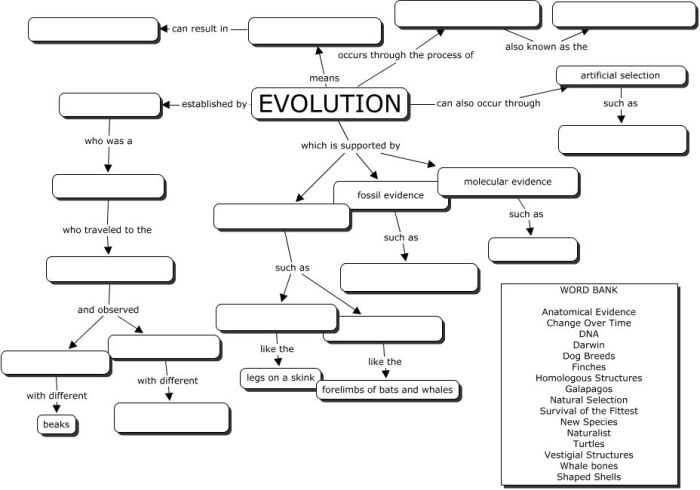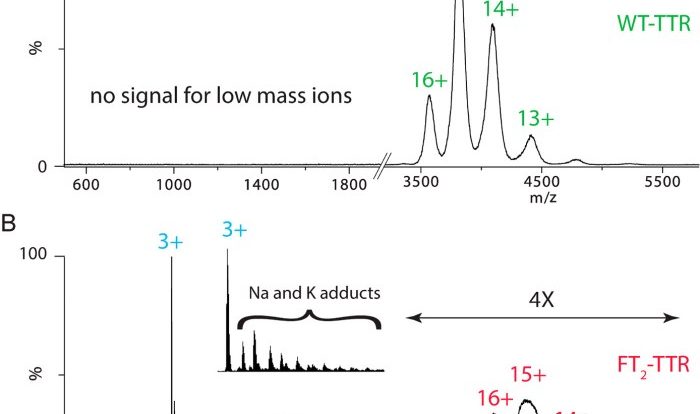Embark on an enlightening journey into the realm of evolutionary forces, where the “Forces of Evolution Worksheet Answers” unveils the profound mechanisms driving the transformation of life on Earth. This comprehensive guide delves into the intricacies of natural selection, genetic drift, gene flow, mutation, and non-random mating, illuminating their pivotal roles in shaping the tapestry of life.
Through a meticulous examination of real-world examples and cutting-edge research, this exploration unravels the complexities of genetic variation, environmental pressures, and the interplay of populations. Prepare to gain a profound understanding of the forces that have molded the diversity and complexity of life, from the microscopic to the macroscopic.
Natural Selection: Forces Of Evolution Worksheet Answers

Natural selection is a fundamental mechanism of evolution that drives the adaptation of species to their environments. It involves the differential survival and reproduction of individuals with traits that are better suited to their specific ecological niches.
Natural selection operates through the following key processes:
- Variation:Individuals within a population exhibit genetic variation, leading to differences in their traits.
- Heritability:Traits that are advantageous in a particular environment are often heritable, meaning they can be passed down to offspring.
- Differential survival and reproduction:Individuals with traits that enhance their survival and reproductive success are more likely to pass on their genes to the next generation.
Genetic Drift
Genetic drift refers to random changes in the genetic makeup of a population over time. It can occur due to various factors, including population bottlenecks, founder effects, and sampling error.
Types of genetic drift include:
- Bottleneck effect:When a population experiences a drastic reduction in size, the genetic diversity of the remaining population is significantly reduced.
- Founder effect:When a new population is established by a small group of individuals, the genetic diversity of the new population is limited by the genes carried by the founders.
- Sampling error:When a sample of individuals is taken from a population to represent the entire population, the genetic makeup of the sample may not accurately reflect the genetic diversity of the population.
Gene Flow
Gene flow refers to the transfer of genetic material between populations. It occurs through migration, interbreeding, or other processes that allow individuals from different populations to exchange genes.
Factors that influence gene flow include:
- Migration:The movement of individuals from one population to another can introduce new genetic material into the receiving population.
- Interbreeding:The mating of individuals from different populations can result in the exchange of genetic material.
- Geographic barriers:Physical obstacles, such as mountains or rivers, can restrict gene flow between populations.
Mutation
Mutation is the introduction of new genetic material into a population. It can occur spontaneously or be induced by environmental factors, such as radiation or chemicals.
Types of mutations include:
- Point mutations:Changes in a single nucleotide base pair.
- Insertions and deletions:The addition or removal of nucleotide sequences.
- Copy number variations:Changes in the number of copies of a particular gene or genomic region.
Non-Random Mating, Forces of evolution worksheet answers
Non-random mating occurs when individuals mate with each other based on specific preferences or traits. It can lead to changes in the genetic makeup of a population over time.
Types of non-random mating include:
- Assortative mating:Individuals mate with others who possess similar traits.
- Sexual selection:Individuals mate with others who possess certain physical or behavioral traits that are deemed desirable.
Question & Answer Hub
What is the significance of genetic variation in evolution?
Genetic variation provides the raw material for natural selection to act upon, allowing for the survival and propagation of advantageous traits.
How does gene flow contribute to the spread of genetic traits?
Gene flow facilitates the exchange of genetic material between populations, promoting the dissemination of beneficial alleles and reducing the risk of genetic isolation.
What are the potential consequences of non-random mating?
Non-random mating can lead to the accumulation of specific traits within a population, potentially altering the genetic makeup and evolutionary trajectory of the group.



